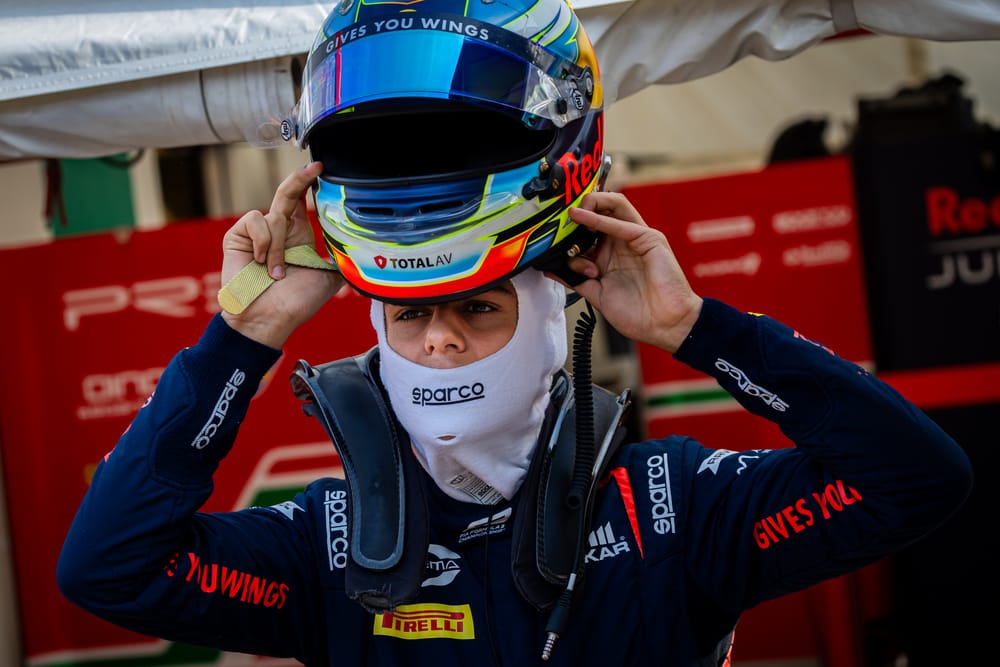Red Bull will have another Formula 1 driver option to choose from this year, whether that is for a seat in 2026 or sooner.
Arvid Lindblad is on the brink of becoming eligible for a superlicence through his winter series campaign in New Zealand.
The 17-year-old, who is highly regarded by Red Bull F1 bosses Christian Horner and Helmut Marko, is racing in the Formula Regional Oceania Championship formerly known as the Toyota Racing Series.
Lindblad has won six of the 12 races so far and has a 59-point lead over 16-year-old American Nikita Johnson. Victory in race three at Teretonga put him in a commanding position with one event remaining and Lindblad should seal the result Red Bull has sent him to New Zealand for.
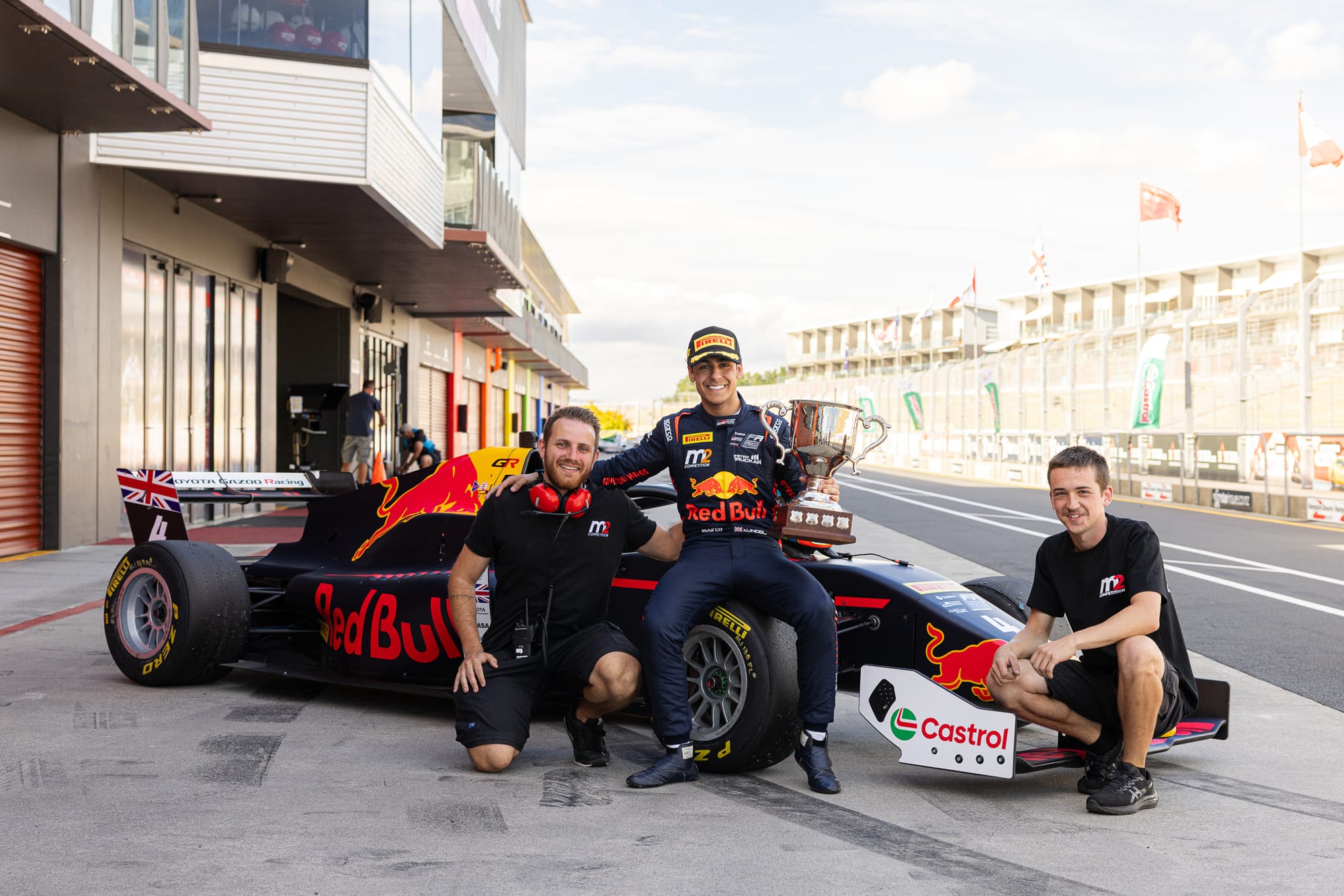
Winning the Oceania title comes with 18 superlicence points, which will move Lindblad past the full F1 superlicence threshold already. This will reduce the pressure on his main 2025 racing programme in Formula 2 and puts Lindblad in the frame for an F1 race seat in 2026, if not sooner.
Red Bull has opted to progress Lindblad to F1’s primary feeder series after one year in Formula 3 because it believes he has extremely high potential. Senior figures at Red Bull talk about Lindblad, who does not turn 18 until August, more highly than any recent junior since Max Verstappen.
The likelihood is that a title in New Zealand makes little difference to Lindblad’s Red Bull F1 activities this year, but it could help a lot for the future. There is likely to be a Racing Bulls F1 seat available for 2026 if Yuki Tsunoda leaves, as Red Bull has hinted, and if any of Red Bull’s line-up struggles in 2025 then an in-season reshuffle cannot be ruled out either.
Lindblad will now be in the frame throughout, rather than a potential future option with a specific condition attached.
As part of his preparation he will likely have a private F1 testing programme this year, something Red Bull has tended to avoid – or kept extremely limited – due to the cost of running older Honda engines.
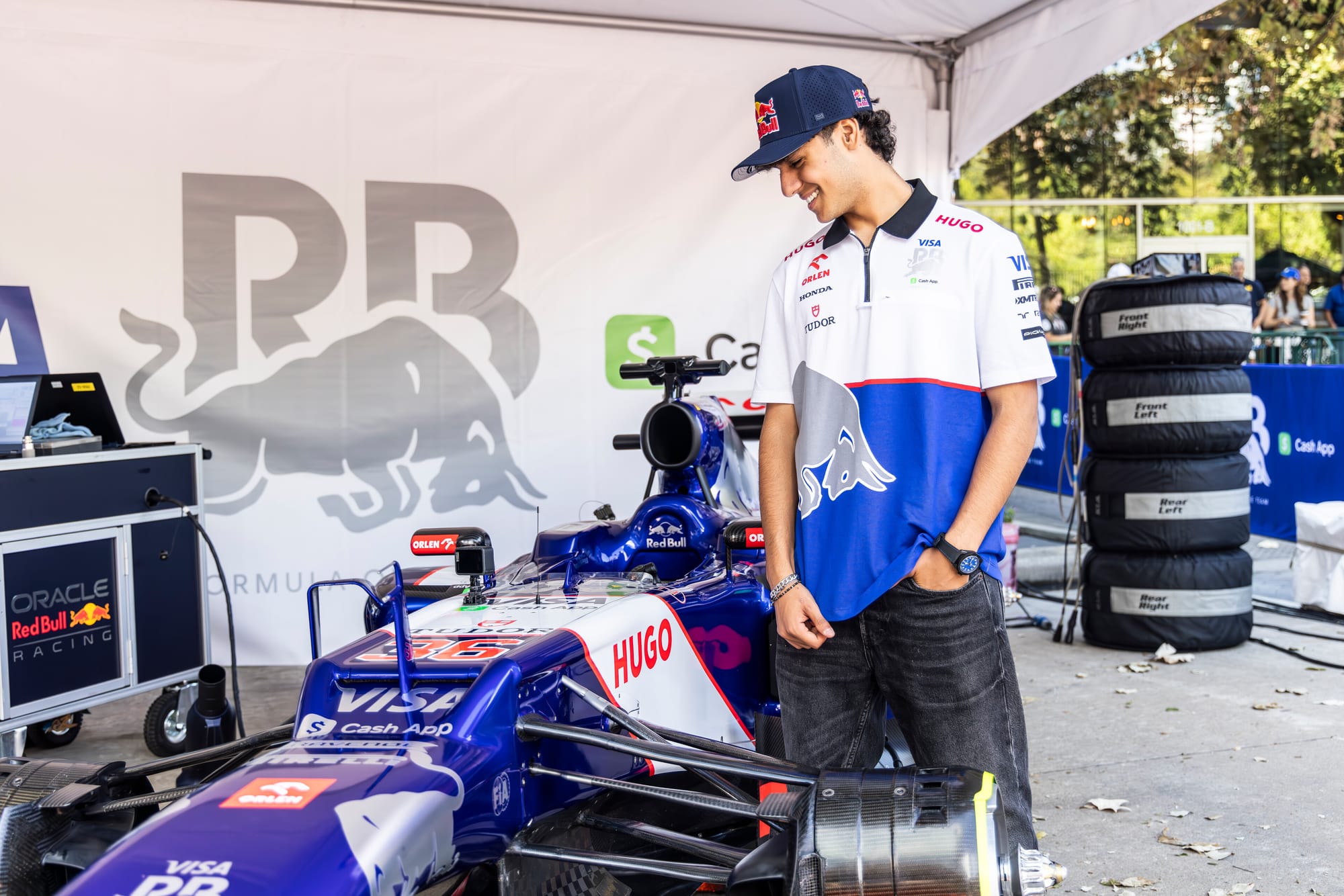
In addition, Lindblad should have ample opportunity to drive in Friday practice sessions this year. Teams are obliged to use a young driver twice, in each car, over the course of the season. This is defined as a driver who has not participated in more than two F1 races in their career.
So, while rookie Isack Hadjar will satisfy that requirement in his car for Racing Bulls, there could be as many as six other openings for Lindblad across Red Bull Racing (two in Verstappen’s car, two in Liam Lawson’s) and the sister team (replacing Yuki Tsunoda twice).
Lindblad should already be eligible for the Friday free practice superlicence required to participate in FP1.
Last year the FIA passed a change to the rules to allow a 17-year-old such a licence at the governing body’s discretion – this gained attention around Mercedes’ protege Kimi Antonelli but the change was understood to have been initially requested by Red Bull, to give it the flexibility to include Lindblad in its plans.
Lindblad also meets the 25-superlicence point threshold from F3 and his F4 results in Italy and the UAE as the results from two championships can be counted from a single calendar year if the start date of one championship falls after the end date of the other.
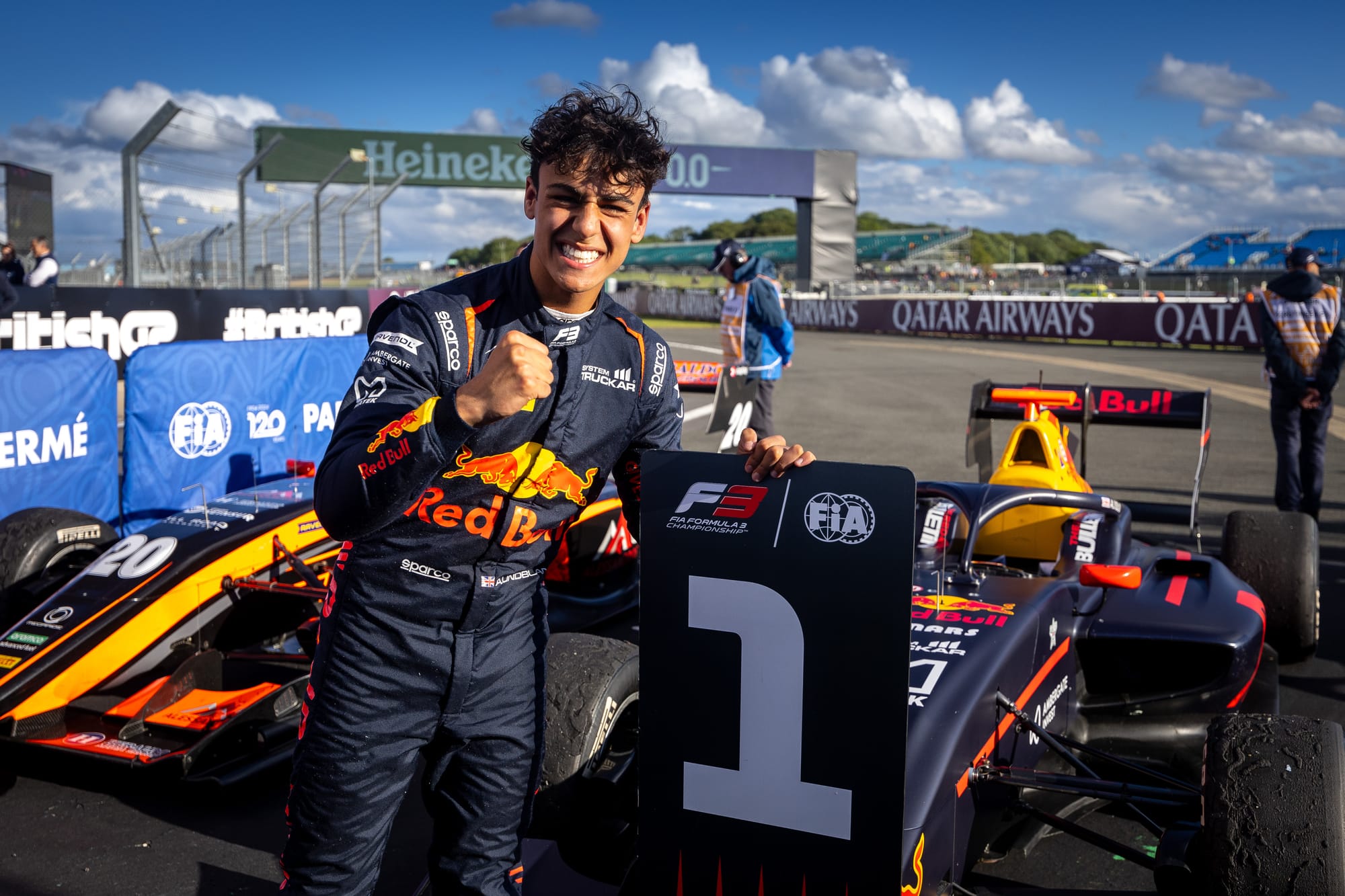
And any running he does under F1’s Testing Previous Cars rules will satisfy the requirement of driving at least 300km in a representative F1 car.
But even though that kind of F1 work was already possible this year, being able to focus on his F2 campaign and any initial F1 commitments without the burden of earning a full superlicence is significant.
Drivers can only control so much and needing a driver to earn a specific championship result in F2 to earn an F1 seat has previously caused teams headaches.
When Williams wanted to give Logan Sargeant an F1 race seat for 2023 it had to wait until the very last F2 round of 2022 to see if Sargeant secured the necessary championship result to be eligible.
And years ago Red Bull wanted to have Dan Ticktum as an F1 option but realised he did not qualify for a superlicence and putting him in a similar winter programme to Lindblad in 2025 failed miserably.
Having a superlicence banked early would not mean Lindblad has a free pass in F2, even factoring in how more emphasis is being put on the work junior drivers do directly with their F1 teams, rather than results in the feeder category.
If the F2 season is competitive as he and Red Bull will hope, there will be an expectation on Lindblad to prove he can cope with the pressure of a championship bid.
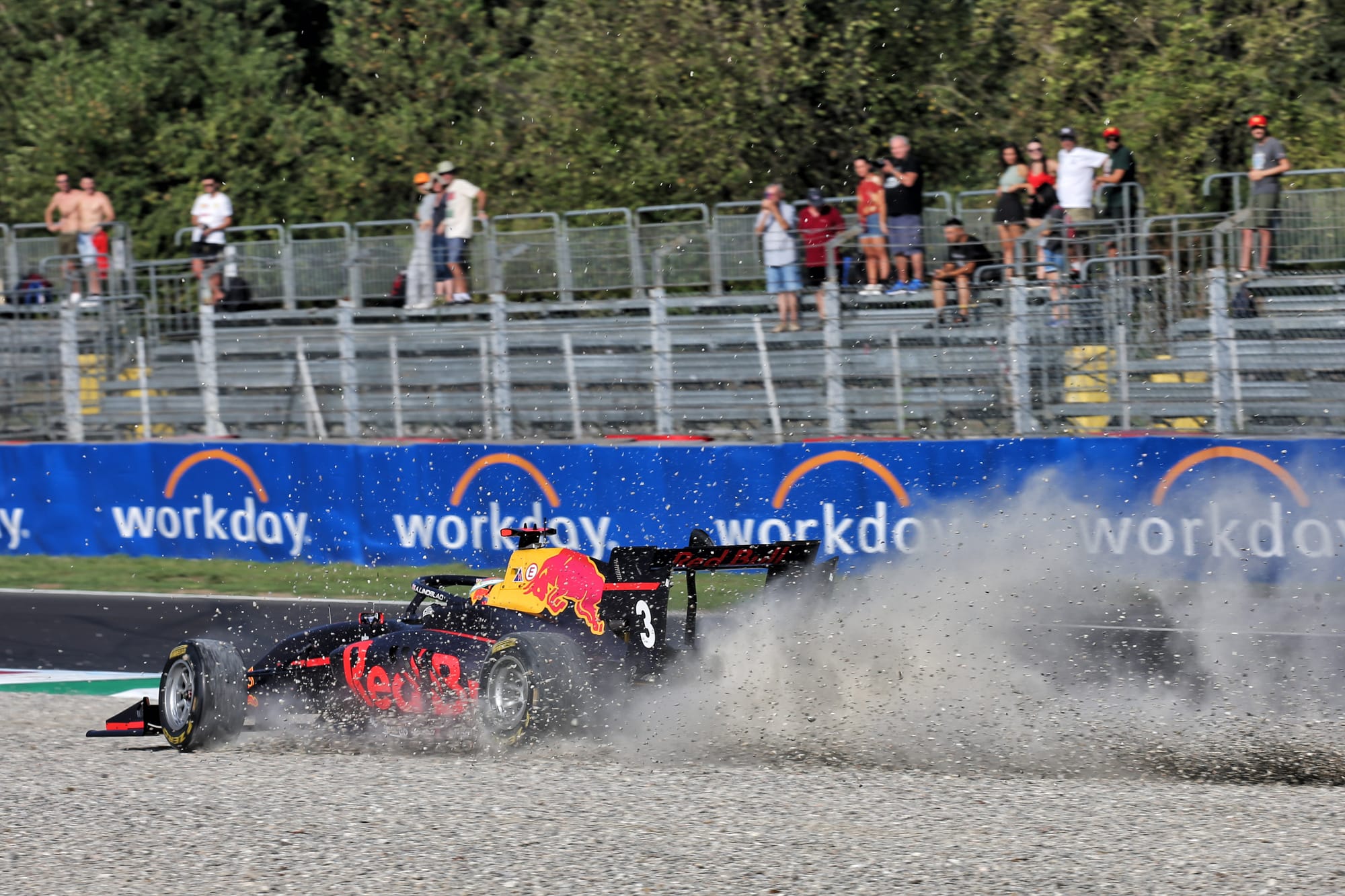
Lindblad finished fourth in the F3 standings last year, which was impressive given his age and inexperience, but he was fighting for the title before failing to score points in any of the final six races across the last three rounds.
It followed a similar late-season collapse in Italian Formula 4 in 2023, when Lindblad was leading the championship by a healthy margin but fell to third across the last two triple-headers.
Ideally, Lindbald will banish such ghosts in 2025. Although Ferrari protege Ollie Bearman’s progression to an F1 race seat with Haas, after a poor second F2 season, shows that impressing in an F1 car ultimately matters a lot more.
Additional imagery from Toyota Racing NZ

